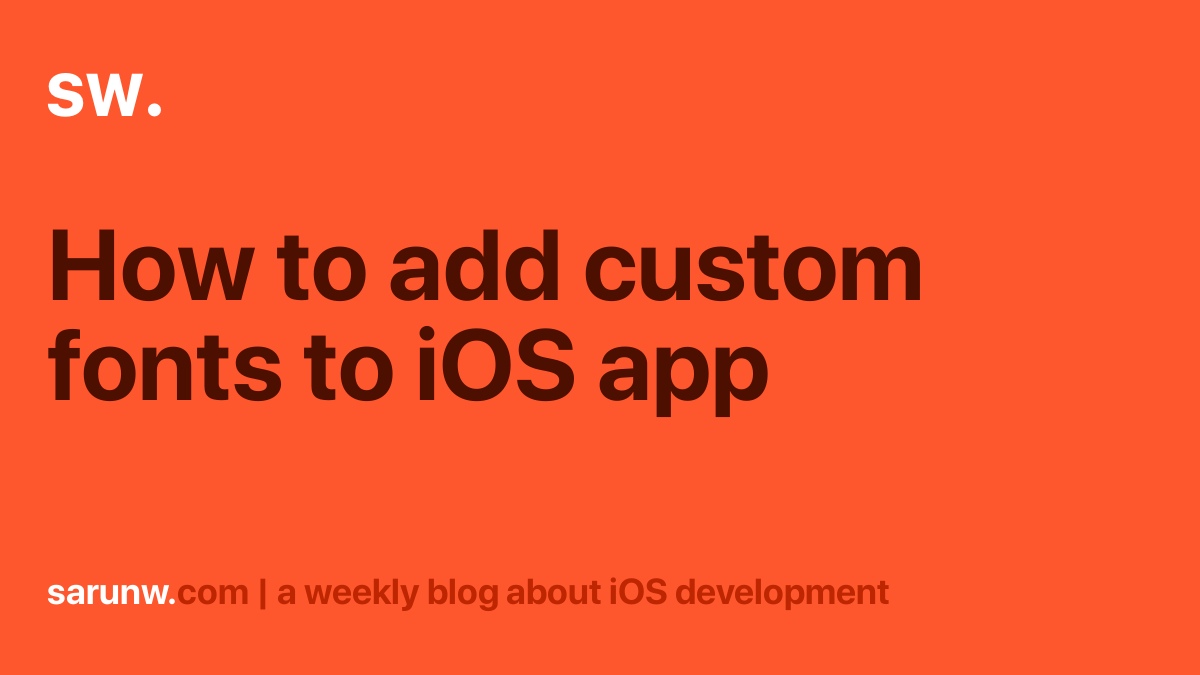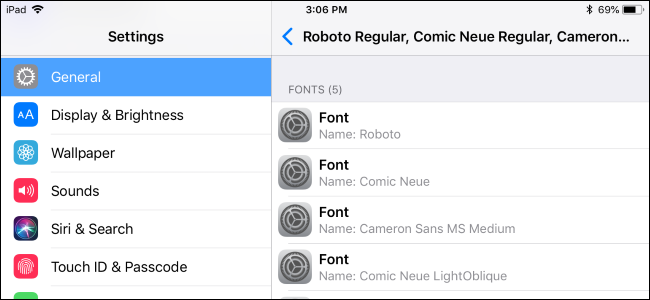
USEFUL TIP: If you alias the above script in your terminal so that all you need to do is type a single command to get all the PostScript font names for all the files in the current directory (my function is called fontnames so all I have to do is type fontnames at the terminal inside the directory with fonts in it, and the PostScript names will be printed automatically, then you will save time in your development workflow and have this handy script ready to use when you need it. The technique is different for macOS and iOS, but the keys are documented here. Windows key + bash.exe or within the start menu, find the program bash.exe.
#Ios font ttf key code#
This is a bit faster than copy-pasting code inside of your AppDelegate.m file to print out the names every time you want to add a new font file, which is the popular method, and it's also faster than opening the Font in FontBook to inspect the PostScript Name. Is it possible to add a font to the possible fonts for a text field from. The system font for iOS, macOS, tvOS, and watchOS. Unfortunately Apple provides no reasonable option to override their emoji font. Users can switch out their default emoji on jailbroken devices (advanced users only). Printf "\033[36m PostScript Name:\033[0m %s \e[90m(%s)\033[0m\n" "$postscriptname" "$file" Developers can integrate the JoyPixels emoji font within apps using this font. Swift for family: String in UIFont.familyNames \n" $file)
#Ios font ttf key update#
ttf also we have to wait for Google to update their keyboard/.ttf as soon as they update it Ill upload it thanks.


Make sure it’s executable over in bash land. Follow these four easy steps to add and use a new font in your iOS app: /usr/local/bin/fontforge Quick and dirty hack: converts a font to truetype (.ttf) Print('Opening '+1) Open(1) Print('Saving '+1:r+'.ttf') Generate(1:r+'.ttf') Quit(0) Done Cool.


 0 kommentar(er)
0 kommentar(er)
